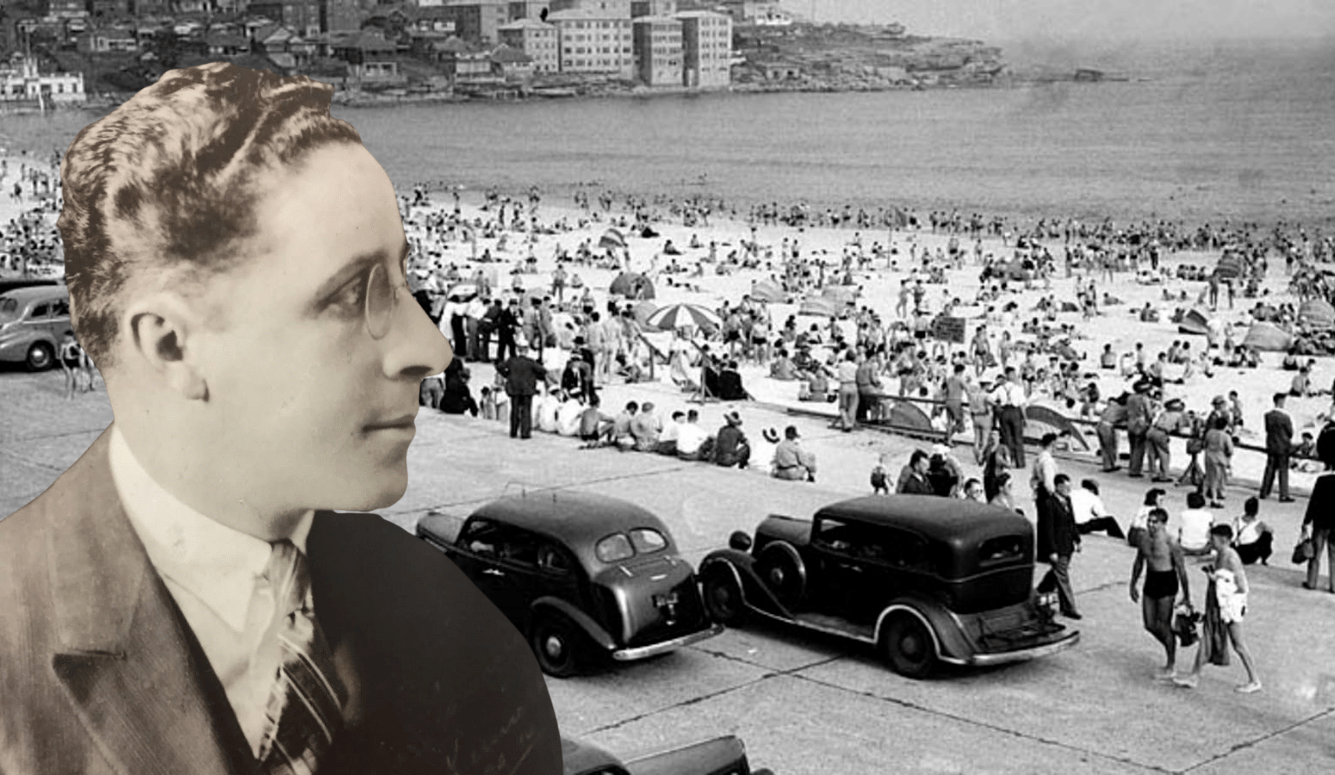Gaza
Gaz-a-Largo
So far, Donald Trump is the only political leader to have publicly pinpointed the basic problem with Gaza.

At a joint press conference in the White House on 4 February, following an hours-long meeting with Israeli Prime Minister Benjamin Netanyahu, Donald Trump took the Gaza bull by the horns and laid out a halcyon—indeed almost messianic—vision for that minuscule territory of only 141 square miles (365 km2) and, by extension, for the entire Middle East.
This was no run-of-the-mill presidential press conference. It was historic—both because of the future it may portend and because of the essential understanding Trump conveyed about the region’s past. But whether Trump’s prescription for a radical remaking of the Gaza Strip along with the rest of the Middle East by dint of American military and financial power will work remains to be seen, given the complex realities on the ground and the divergent interests of a host of regional players. With Netanyahu’s smiling assent, Trump embedded the Gaza solution in a sweeping vision of an Iran defanged of its nuclear project and a Saudi Arabia that has signed on to the Pax Americana and normalised its relations with Israel, a necessary prelude to the definitive acceptance of the Jewish State in the region.
Currently, the overcrowded Strip is home to 2.2–2.3 million traumatised, radicalised and now mostly homeless Muslim Arabs.
So far, Trump is the only political leader to have publicly pinpointed the basic problem and its possible solution. Currently, the overcrowded Strip is home to 2.2–2.3 million traumatised, radicalised and now mostly homeless Muslim Arabs. Before the war that began in October 2023, the annual natural death rate in Gaza was 4,000; the annual birth rate was 50,000. Trump proposed that at least 1.8 million of Gaza’s inhabitants be transferred to “other countries” and that the United States “take over” the Strip—by implication, militarily as well as administratively (though his spokesmen subsequently said that Trump did not mean to put US boots on the ground)—and transform it, with the help of America’s Middle Eastern allies Saudi Arabia and the United Arab Emirates, into an economic and tourist hub, a Middle Eastern Riviera. But clearing away the massive ruins and reconstructing Gaza’s infrastructure and housing would probably take many years, perhaps even decades. Plus, it is unclear who Trump thinks would repopulate the reconstructed Strip.





